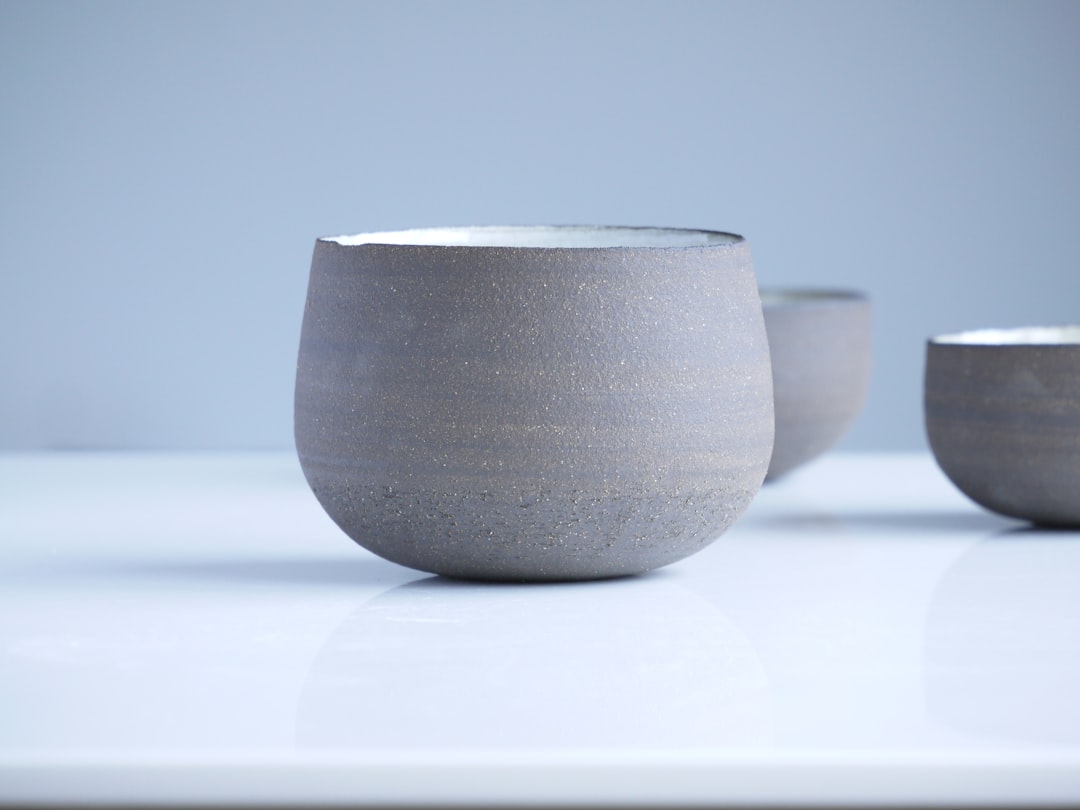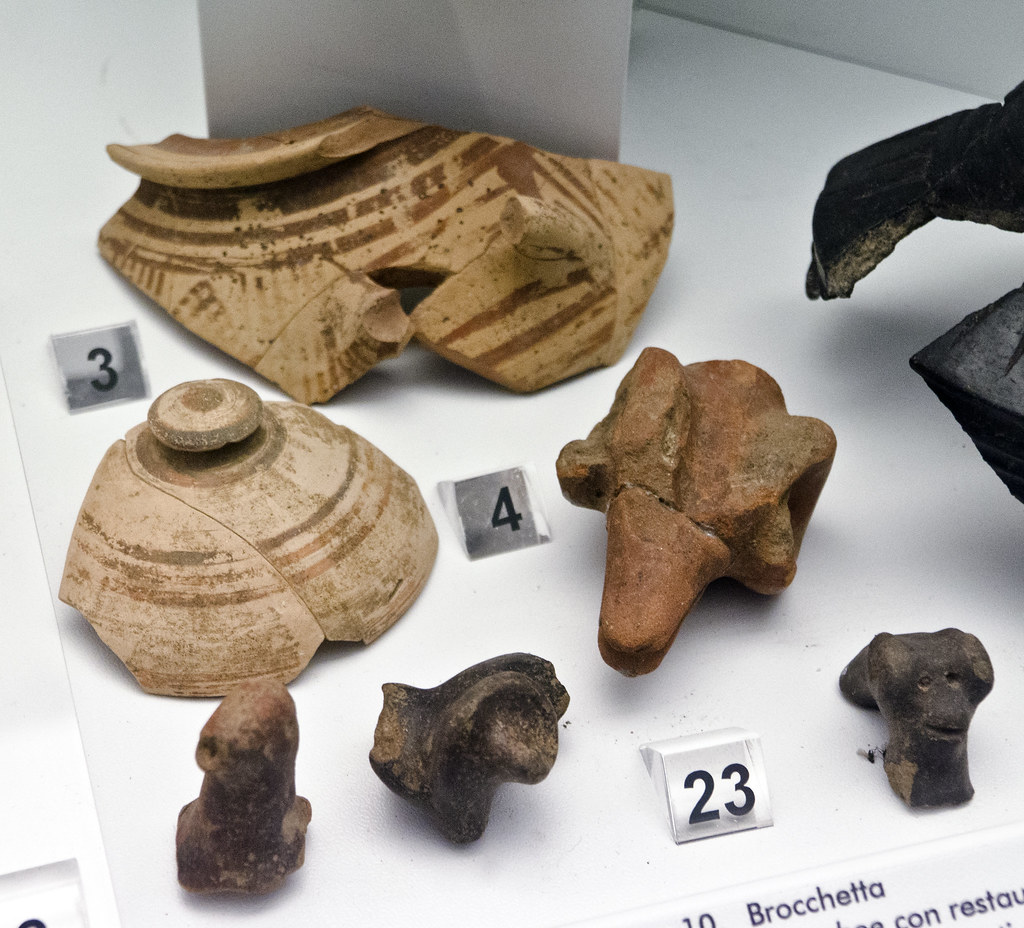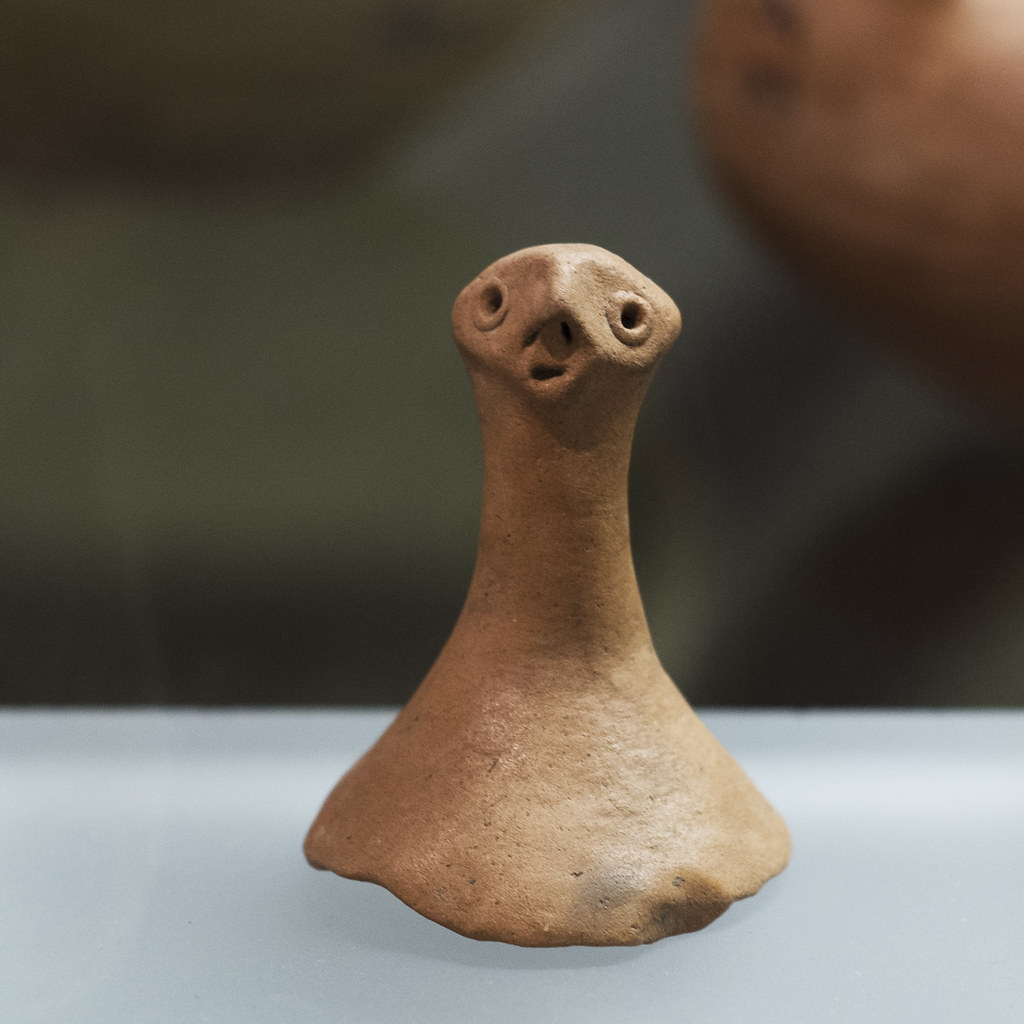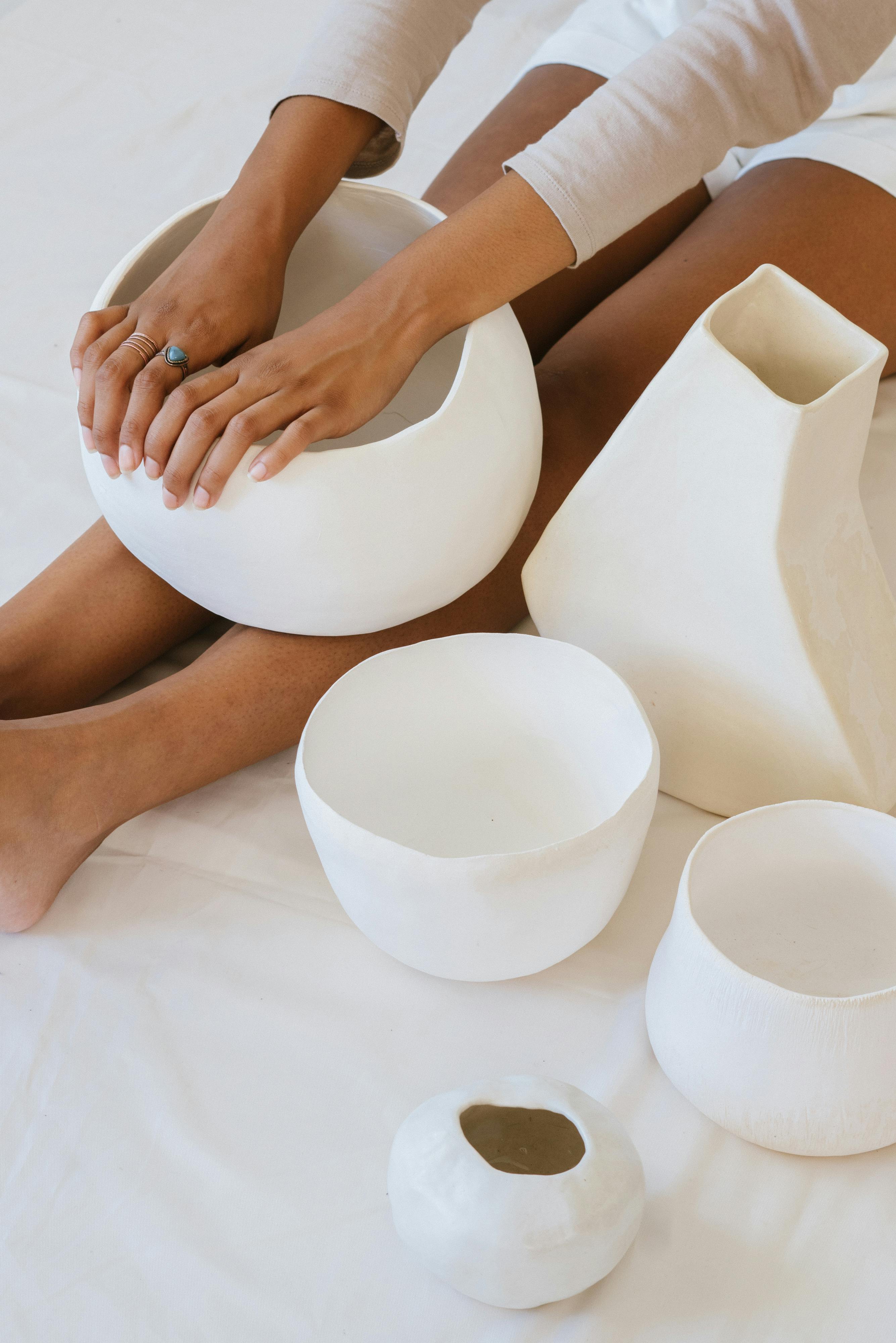Exploring the World of Ceramic Design
Ceramic design is a captivating field that merges art with functionality. From intricately crafted pottery to innovative architectural elements, ceramics have been an integral part of human culture for thousands of years. This article delves into the different aspects of ceramic design and its impact on our daily lives.

The History of Ceramics
Ceramics have been used since ancient times, with early examples dating back over 20,000 years. These artifacts provide a glimpse into the daily lives of early civilizations, showcasing their artistic expression and technological advancements. The use of ceramics for both functional and decorative purposes has persisted throughout history.

Innovative Uses of Ceramics
Modern ceramics have gone beyond traditional applications, finding use in a variety of industries, including healthcare, aerospace, and construction. These materials offer unique properties such as heat resistance, durability, and biocompatibility, making them suitable for advanced technological applications.
In healthcare, ceramics are used to create biomedical implants and devices. They are particularly valued for their compatibility with human tissue and longevity. In the aerospace industry, ceramic materials are employed in thermal protection systems for spacecraft, ensuring the safety of astronauts during re-entry into Earth's atmosphere.

Ceramic Design in Architecture
Ceramic elements play a significant role in architecture, adding both aesthetic value and functionality to buildings. From decorative tilework to innovative cladding systems, ceramics are popular for their versatility and durability. One of the unique materials gaining attention is ceramic glue, which is essential for bonding ceramic components. This Atlas Bond Ceramic Glue is known for its strong adhesive properties, which are vital in architectural applications.

The Artistic Side of Ceramics
Beyond their practical uses, ceramics have been celebrated as a form of artistic expression. Ceramic artists experiment with forms, textures, and glazes to create stunning pieces that challenge our perceptions of this ancient medium. From sculpture to functional pottery, the variety and creativity in ceramic art are boundless.
One notable area within ceramic art is the collection of drug containers from the Bristol-Myers Squibb European Apothecary, showcasing historical craftsmanship and design. More information about these ceramic drug containers can be explored through the Smithsonian Institution's extensive collection. Additionally, the spotlight on ceramic drug containers offers further insight into the intricacies of these pieces.

Exploring Ceramics Beyond the Art Studio
For those interested in experiencing ceramics in nature, parks offer fantastic resources. State parks, like those managed by the California Department of Parks and Recreation, often feature structures and exhibits showcasing local ceramic history and craftsmanship. Discover more about these opportunities by visiting the parks website.
Ultimately, the world of ceramic design is vast and ever-evolving. From its ancient roots to modern applications in high-tech industries, ceramics continue to captivate and inspire. For those interested in staying updated with the latest developments in ceramic design and other related topics, check out our recent articles and insights into this fascinating field.
Creating Perfect Ceramic Lids
A ceramic lid is an unsung hero in the kitchen, often overlooked yet crucial for efficient cooking and food preservation. To explore the artistry behind crafting these essential items, watch this video by Little Street Pottery, where Ann demonstrates her techniques for creating the three primary lids used in pottery.
What is a lid in ceramics?
A ceramic lid is the removable top for a jar, bowl, box, or similar container, crafted from fired clay. Beyond its decorative appeal, it serves practical purposes by safeguarding contents from contaminants and helping regulate temperature. When choosing or designing a ceramic vessel, consider how the lid’s style and shape harmonize with the container’s body to create a unified, functional piece.
Are ceramic cups safe to drink out of?
Most ceramic cups are safe, provided they’re made from food-grade materials and remain free of cracks or heavy crazing. Damaged or antique ceramics could potentially harbor bacteria or leach substances, so if you notice significant wear, it’s wiser to replace the cup or use it as a decorative item. Look for clearly labeled, food-safe ceramics to enjoy your beverages with confidence.
Is ceramic and ceramic coated the same thing?
Pure ceramic cookware is formed entirely from fired clay and is cherished for its ability to maintain steady, even heat—ideal for slow-cooked meals like stews. Ceramic-coated cookware, however, typically features a metal base with a nonstick ceramic layer, making it convenient for daily sautéing or frying. Each type has its unique advantages, so consider your cooking style when deciding which is best for you.
What are the disadvantages of ceramic mugs?
Though ceramic mugs possess natural heat retention and a timeless look, they can be prone to chipping or cracking if dropped. Earthenware varieties may also absorb flavors over time due to their porous nature. Porcelain and other fine ceramics, while smooth and elegant, can be more fragile. Despite these drawbacks, many people still appreciate ceramic mugs for their charm and beverage-warming qualities.
As we’ve seen, ceramic lids may not be the flashiest tool in your kitchen arsenal, but their ability to seal in heat and moisture makes them indispensable for everyday cooking. Whether you’re simmering a hearty stew or keeping leftovers fresh, a reliable ceramic lid can make a world of difference in both flavor and texture.
Embrace the Benefits of Ceramic Lids
If you're excited to incorporate ceramic lids into your cooking routine, be sure to stay connected for more kitchen tips and tricks. Follow us on Instagram to explore similar content and join a community of fellow cooking enthusiasts who appreciate the little tools that make a big impact.
